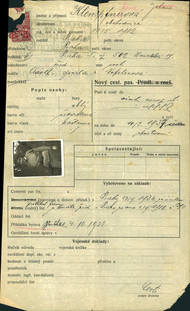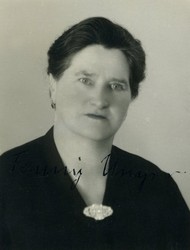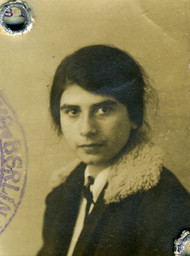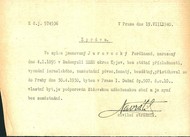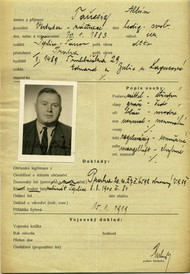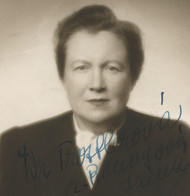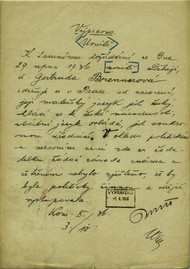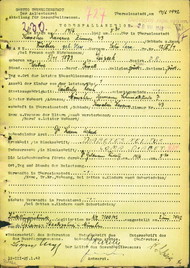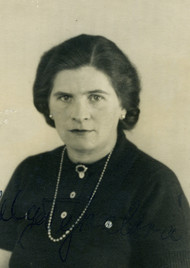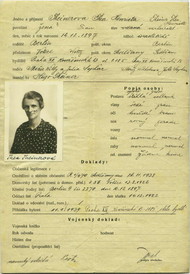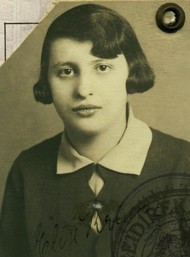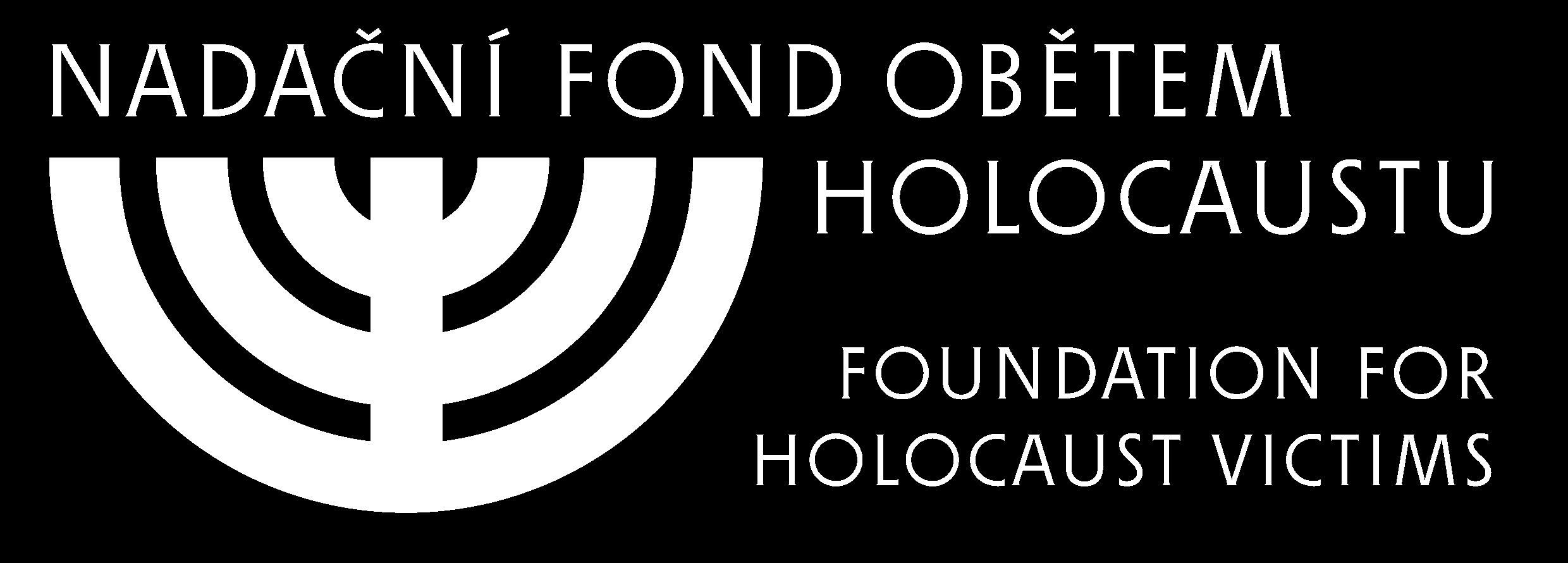-
Goal:
-
Students should become aware of the ways in which their perceptions of pictorial (or other) information may be influenced by prejudices and stereotypes of which they are unaware.
-
Group size:
-
Three groups of the same size, spread around the classroom so that they do not disturb or influence each other.
-
Time:
-
30 min.
-
Subject:
-
Civics, family education, with advanced students the lesson can be used as part of foreign language conversation practice.
-
Items needed:
-
a photograph of a family with a description for each student (or group) in PDF format
-
paper, pencils
-
forms for an ethnologist's report in PDF format
-
Steps:
-
Divide the students into three groups, who will work separately in various parts of the classroom so that they disturb each other as little as possible. The point is that the students should not realise that they all have the same photograph.
-
Give each group a photograph of Jaroslav Herák's family, but with a different description for each group.
-
Tell the students that the goal of their work is to write a brief imaginary ethnological research report, on the basis of the information from the photograph and their own knowledge.
-
Give the students around 15 minutes to draw up their reports.
-
After the copies of the photograph have been taken away, a spokesperson from each group presents the results of the report. Write on the blackboard the main information from the reports that are read out.
-
Ask the students to talk about the differences in the groups' reports.
-
Explain that the photograph was the same for each group, and that the real description is no. 3 - this is a photograph of a Romani settlement in Luhačovice in 1943.
-
Conclusion:
-
We often look at reality through mediated information that is not authentic, that we have not verified using our own experience. The aim of the game was to reveal how this prejudice may influence our perception of the photograph and how our interpretation of it may be skewed by pre-formed ideas of particular ethnic groups.
-
Discuss the following questions with the students:
-
How did the evaluation of the Romani settlement go? Did the descriptions of each group differ from what you
really see
? -
Were the students' reports influenced by opinions, feelings, stereotypes, prejudices?
-
What influenced their perception of the Mexican, Sicilian and Romani cultures?
-
N.B.: The author was inspired by the model example given in the Varianty (Variants) project by Člověk v tísni (People in Need), non-profit company in association with Czech Television, 2002.
The photograph used for this lesson is of the Herák family from Luhačovice, taken from the story of Jaroslav Herák (link in Czech) , published on this website. The story also features in the model lesson The Holocaust of the Roma.


